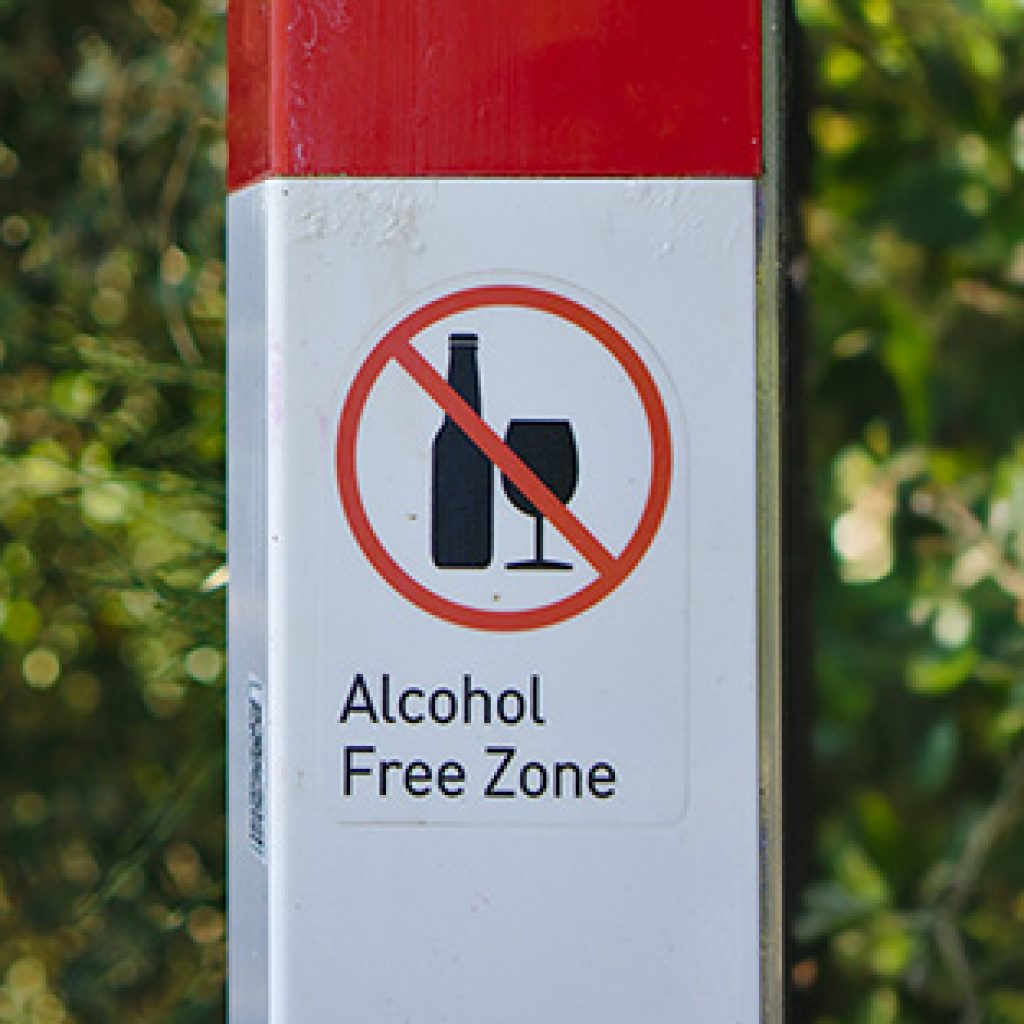13 Fantastic Ideas For Celebrating Health Literacy Month 2020!
13 Fantastic Ideas For Celebrating Health Literacy Month 2020!
October is Health Literacy Month, and this post is to help you get a head start on observing this important awareness event! To help with some of the terms used here, a convenient list of Health Literacy Terms & Definitions can be found on the Health Resources & Services Administration (HRSA) web page.
What is Health Literacy? – According to HRSA, “Health literacy is the degree to which individuals have the capacity to obtain, process, and understand basic health information needed to make appropriate health decisions. Low health literacy is more prevalent among:
- Older adults
- Minority populations
- Those who have low socioeconomic status
- Medically underserved people”
There may be several reasons for low health literacy. Some people may struggle to understand because they have Limited English Proficiency (LEP). Others may have limited education and fewer communication skills. There may be cultural barriers to understanding, such as language or lack of knowledge about the healthcare system. Health care providers may use medical language that patients are not familiar with and do not understand.
Why Is Health Literacy Important? – Health literacy is important because it can help people to obtain appropriate medical and behavioral health care. People with low health literacy may not get equal care because they have trouble finding providers, difficulty in sharing medical history with health care providers, difficulty understanding and filling out forms, and often do not understand directions for taking medications. They also may not know to seek preventive health care or know the link between risky behaviors and health consequences.
What Are the Consequences of Low Health Literacy? – The two major areas that are impacted by low health literacy are “economic costs to society and the health-care system, and costs in terms of the human burden of disease” (Institute of Medicine, 2004). There is also considerable psychological suffering created by low health suffering. Within those overarching categories, the results of low health literacy (as measured by reading and numeracy skills) can include:
- Shame and stigma, which can create barriers to health and behavioral health care and to improving low health literacy;
- Reduced knowledge and understanding of a person’s own medical conditions and treatment;
- Reduced knowledge and understanding of health-promoting behaviors and preventive care and services;
- Increased rates of hospitalization and use of emergency services;
- Increased rates of poor health status;
- Entry of sicker patients into healthcare systems;
- Increased health care costs and spending (Institute of Medicine, 2004).
Overall, low rates of health literacy are associated with minority cultures, lower levels of education, increased rates of chronic disease, and reduced quality of life (Institute of Medicine, 2004).
What is Health Literacy Month?
“Health Literacy Month is a time for organizations and individuals to promote the importance of understandable health information. This annual, worldwide, awareness-raising event has been going strong ever since Helen Osborne founded it in 1999.” The theme for Health Literacy Month is “Be a Health Literacy Hero.” Anyone can submit a person, team, or organization to be a Health Literacy Hero.
The Health Literacy Month website offers a free downloadable Health Literacy Month Handbook to guide health literacy advocates in planning, marketing, and executing awareness events. It’s not too late to plan an awareness event for your organization, so here are some ideas from the Health Literacy Month 2020 website (marked with an asterisk *) and a few of our own:
- * Hospitals may host health literacy educational workshops for their employees or for the general public.
- * Senior centers often run prescription safety sessions.
- * A literacy program might sponsor a health literacy fair.
- * A library can display samples of effective consumer health information.
- * A school may publish a health literacy newsletter.
- * Employers sometimes sponsor educational programs for employees focusing on well-ness and disease prevention.
- * Some states have even officially proclaimed October as Health Literacy Month.
Ideas for promoting Health Literacy from CASAT OnDemand staff:
- Update materials for your organization to include similar resources in the primary language for Limited English Proficiency (LEP) clients or patients using the TeamSTEPPS Limited English Proficiency staff training module on the AHRQ website.
- Hold a staff training to teach staff to use simple language, short sentences, and explain medical terms. Some useful tools for measuring individual Health Literacy cam be found on the AHRQ Health Literacy Measurement Tools (Revised) web page.
- Share information about Health Literacy and its importance with your colleagues and your community using the Five Talking Points on Health Literacy on the Centers for Disease Control (CDC) website:
- Nine out of 10 adults struggle to understand and use health information when it is unfamiliar, complex or jargon-filled.
- Limited health literacy costs the healthcare system money and results in higher than necessary morbidity and mortality.
- Health literacy can be improved if we practice clear communication strategies and techniques.
- Clear communication means using familiar concepts, words, numbers, and images presented in ways that make sense to the people who need the information.
- Testing information with the audience before it is released and asking for feedback are the best ways to know if we are communicating clearly. We need to test and ask for feedback every time information is released to the general public.
- Find training in health literacy, plain language, and culture and communication for yourself. You can start with the seven online health literacy courses on the CDC website:
- Health Literacy for Public Health Professionals(free continuing education)
- Writing for the Public
- Speaking with the Public
- Creating Easier to Understand Lists, Charts, and Graphs
- Fundamentals of Communicating Health Risks
- Using Numbers and Explaining Risk
- Effective Communication for Healthcare Teams: Addressing Health Literacy, Limited English Proficiency and Cultural Differences (free continuing education)
- Find collaborative partners with other Health and Behavioral Health care provides, local libraries, schools, community organizations, cooperative extensions and others to make sure you include as many perspectives and fields as possible in your awareness efforts.
- Check to see if your state is on the CDC list of State Health Literacy Initiatives. If your state is not listed, find a partner organization and start an initiative to begin promoting health literacy. Do it this month to celebrate Health Literacy Month 2020!
Have you or your organization developed a Health Literacy Plan or attended a training? Do you have resources to share? Please post your contributions in the comments below.
References
Health Resources and Services Administration, Office of Health Equity. Health Equity Report 2017. Rockville, Maryland: U.S. Department of Health and Human Services; 2018.
Institute of Medicine 2004. Health Literacy: A Prescription to End Confusion. Washington, DC: The National Academies Press. https://doi.org/10.17226/10883.
Resources and Additional Information
Roots of Health Inequity Learning Collaborative – As part of the Roots of Health Inequity Learning Collaborative, participants will be able to:
- Explore social processes that produce health inequities in the distribution of disease and illness.
- Strategize more effective ways to act on the root causes of health inequity.
- Form relationships with other local health departments who are working to ensure health equity.
Health Resources & Services Administration (HRSA) Health Literacy web page
National Libraries of Medicine – Health Literacy Month web page; Identifying and Combating Health Misinformation web page; Correction of Health Misinformation on Social Media web page; and Evaluating Health and Medical Information on Wikipedia
CASAT OnDemand Resources & Downloads
Catalyst blog posts related to Literacy or Health Literacy:
- Good News: According to New Research AA Works!
- Supporting the Health of Minority Men During Men’s Health Month
- Breaking Down Barriers to Treatment: Reaching Parity for Rural Clients with Co-occurring Substance Use Disorders and Serious Mental Illness
- Equitable Substance Use Disorder Treatment for LGBTQ Populations: Research, Tools, and Resources for Behavioral Health Providers
- Treatment Improvement Protocol (TIP) 51, Substance Abuse Treatment: Addressing the Specific Needs of Women
- What Behavioral Health Providers In Nevada Need To Know About Veterans And Suicide
- Suicide Contagion: Unintended Consequences of Celebrity Suicide
Blog Post Tags:
Related Blog Posts
Related Learning Labs
Related Resources
.
- Buscar Tratamiento de Calidad para Trastornos de uso de Sustancia (Finding Quality Treatment for Substance Use Disorders Spanish Version)
- Finding Quality Treatment for Substance Use Disorders
- Focus On Prevention: Strategies and Programs to Prevent Substance Use
- Monthly Variation in Substance Use Initiation Among Full-Time College Students
- The National Survey on Drug Use and Health (NSDUH) Report: Monthly Variation in Substance Use Initiation Among Adolescents








